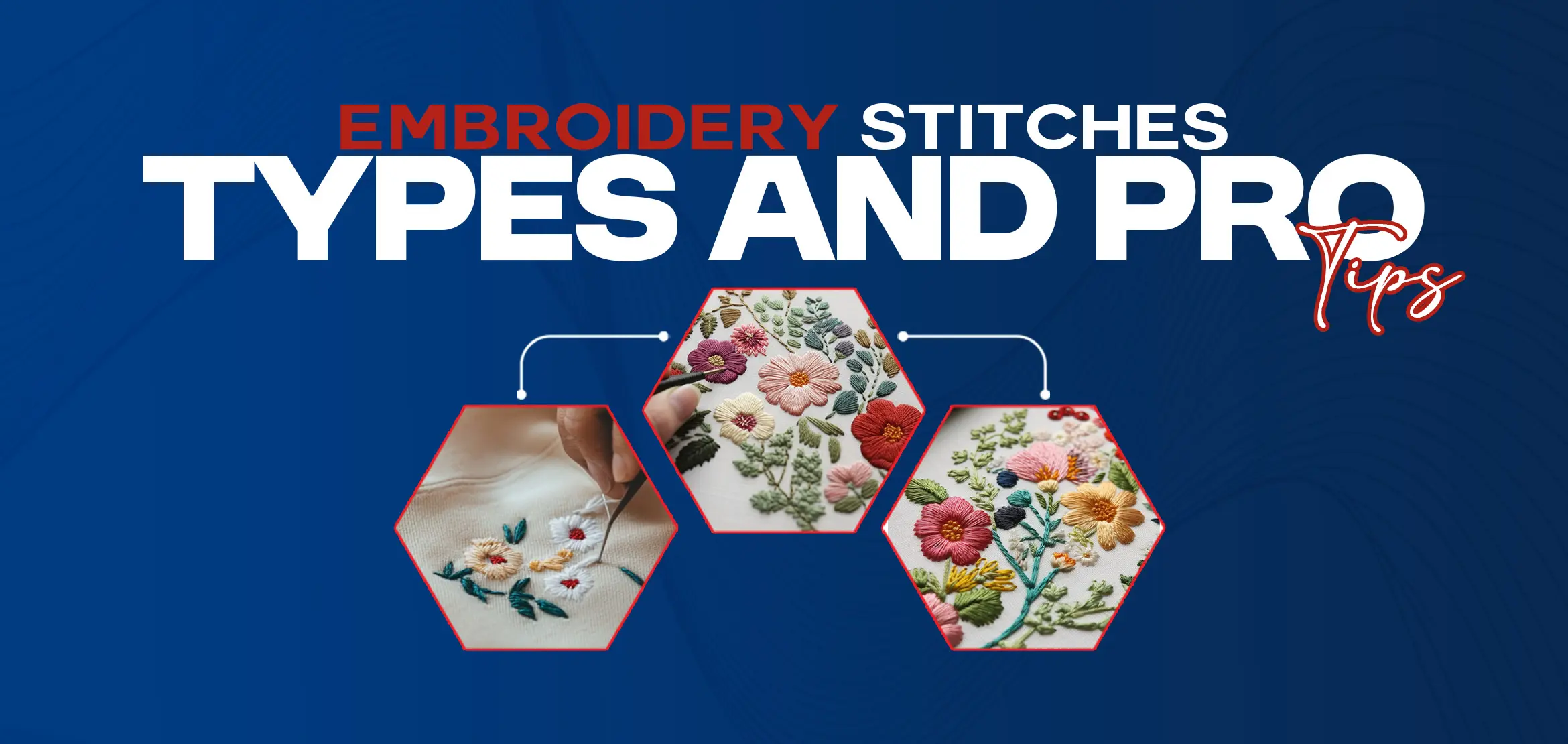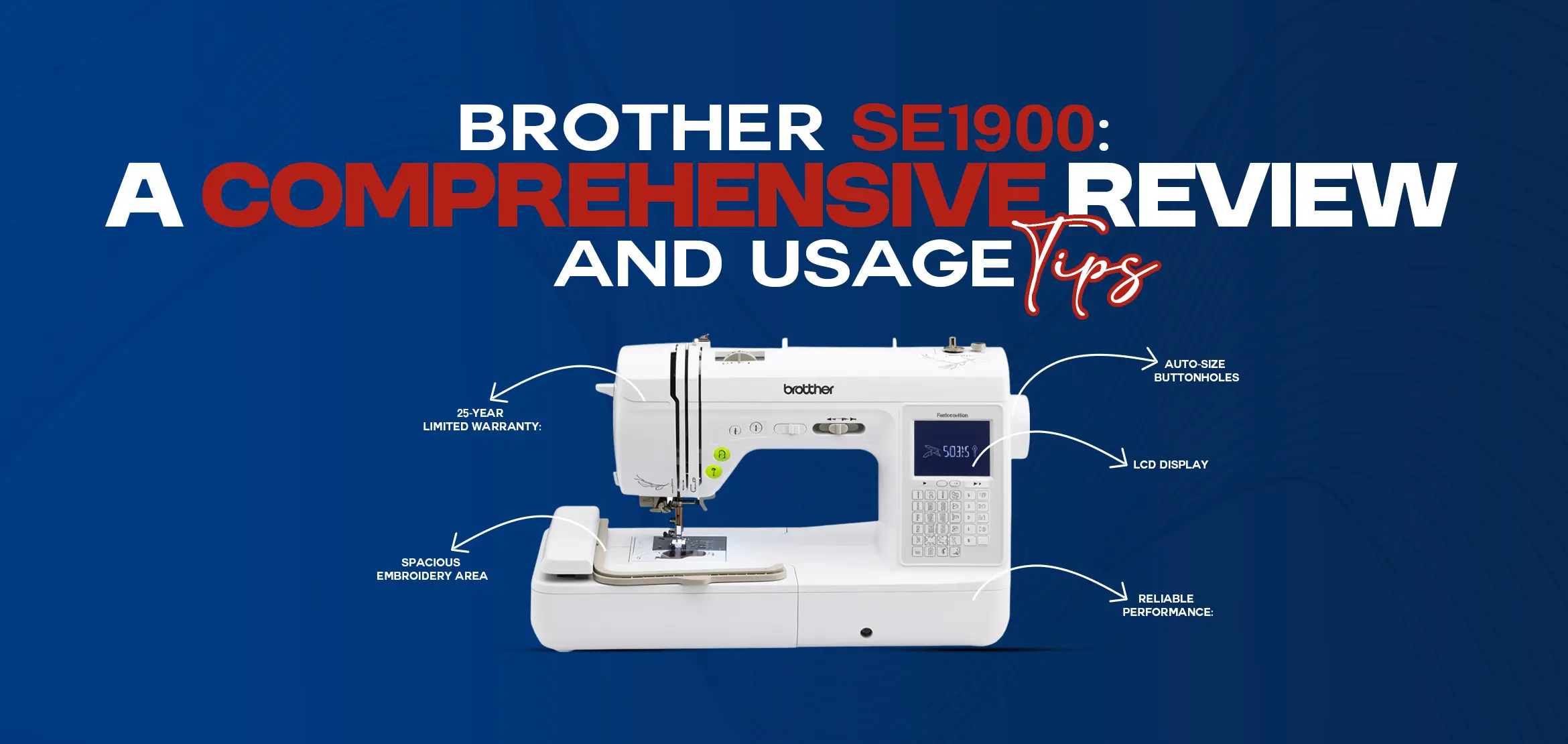
Expert Tips for Perfectly Small Lettering on Machine Embroidery
Table Of Content
- Importance of Small Lettering in Embroidery Designs
- Factors to Consider when Choosing Small Lettering Fonts
- Stroke thickness:
- Serif vs. sans-serif:
- Tips for Selecting the Right Thread for Small Lettering
- Use a fine thread:
- Consider color contrast:
- Choose a high-quality thread:
- Test before stitching:
- Use appropriate digitizing software:
- Simplify complex designs:
- Double-check stitch lengths:
- Add appropriate underlay:
- Ensuring Readability and Legibility in Small Lettering
- 1. Choose the right font
- 2. Use the right digitizing software
- 3. Consider the stitch density
- Troubleshooting Common Issues with Small Lettering
- 1. Thread breakage
- 2. Stitch distortion
- 3. Uneven letter spacing
- Conclusion and Final Tips
Are you tired of spending countless hours trying to perfect small lettering on your machine embroidery projects? Look no further! In this article, we will share with you expert tips that will take your small lettering game to the next level.
So, if you want to create professional-looking machine embroidery designs with perfect small lettering, read on! These expert tips will not only help you achieve stunning results, but they will also boost your confidence and make your embroidery projects stand out from the crowd.
Importance of Small Lettering in Embroidery Designs
Small lettering plays a crucial role in enhancing the overall aesthetic appeal of machine embroidery designs. Whether you are working on intricate monograms or adding personalized text to a gift, getting the small lettering right can make a world of difference. It adds a touch of sophistication and professionalism to your projects, elevating them to a whole new level.
When done correctly, small lettering can be captivating and eye-catching.
It allows you to convey messages, add names, or incorporate important details in a subtle yet impactful way. However, achieving perfect small lettering requires attention to detail and a few expert techniques. Let's dive into the tips that will help you master the art of small lettering.
Factors to Consider when Choosing Small Lettering Fonts
Choosing the right font is crucial when it comes to small lettering in machine embroidery. Not all fonts are suitable for small sizes, as some may lose their clarity and legibility when scaled down. Here are a few factors to consider when selecting fonts for small lettering:
Stroke thickness:
Fonts with consistent stroke thickness tend to be more legible at small sizes. Avoid fonts with thin strokes that may blend together or become indistinguishable.
Simplicity:
Opt for fonts that are simple and clean, especially for small lettering. Intricate and elaborate fonts may lose their detail when reduced in size, resulting in a messy and unreadable outcome.
Proportions:
Look for fonts with well-balanced proportions. Fonts that are too condensed or too expanded may not appear aesthetically pleasing when embroidered at small sizes.
Serif vs. sans-serif:
While both serif and sans-serif fonts can work for small lettering, sans-serif fonts tend to be more legible and clear, especially at smaller sizes.
By considering these factors, you can choose fonts that are well-suited for small lettering and ensure that your embroidered text is visually appealing and easy to read.
Tips for Selecting the Right Thread for Small Lettering
Choosing the right thread for small lettering is essential to achieve crisp and defined stitches. Here are a few tips to help you select the perfect thread for your small lettering projects:
Use a fine thread:
Opt for a thread with a smaller denier or weight, such as 60wt or 80wt. These finer threads are less likely to overwhelm small lettering, resulting in cleaner and more precise stitches.
Consider color contrast:
Ensure that the thread color contrasts well with the fabric. This will make the small lettering more visible and legible. Experiment with different color combinations to find the best contrast for your specific project.
Choose a high-quality thread:
Investing in high-quality thread is crucial for achieving excellent results with small lettering. Cheaper threads may break or fray easily, leading to inconsistencies and a less polished outcome. Opt for reputable brands known for their durability and colorfastness.
Test before stitching:
Always test your chosen thread on a scrap piece of fabric before stitching on your main project. This allows you to ensure that the thread works well with your design and that the colors and sheen are to your liking.
By considering these tips, you can select the ideal thread for your small lettering projects and achieve professional-looking results.
Techniques for Digitizing Small Lettering Designs
Digitizing small lettering designs is a crucial step in ensuring that they stitch out accurately and beautifully. Here are a few techniques to help you digitize small lettering effectively:
Use appropriate digitizing software:
Invest in a quality digitizing software that allows you to manipulate and adjust the small details of your lettering designs. Look for software that offers precise control over stitch density, pull compensation, and underlay settings.
Simplify complex designs:
When digitizing small lettering, simplify complex shapes and details to ensure that they translate well into stitches. Reduce the number of stitches and eliminate unnecessary elements that may cause the design to become cluttered or illegible.
Double-check stitch lengths:
Pay close attention to the stitch lengths in your digitized small lettering designs. Ensure that they are appropriate for the size of your letters and that they create smooth and even outlines.
Add appropriate underlay:
Underlay stitches play a crucial role in stabilizing small lettering and preventing distortion. Experiment with different underlay types, such as zigzag or centerline, to find the one that works best for your specific design.
By implementing these digitizing techniques, you can ensure that your small lettering designs stitch out flawlessly, capturing all the intricate details with precision.
Ensuring Readability and Legibility in Small Lettering
When it comes to small lettering, one of the biggest challenges is ensuring that the text is readable and legible. Here are some expert tips to help you achieve that perfect small lettering every time.
1. Choose the right font
The font you choose plays a crucial role in the legibility of your small lettering. Opt for fonts that have clear and distinct letterforms, especially when working with tiny sizes. Avoid overly decorative fonts or those with intricate details that may get lost in the stitching. Fonts with thicker strokes tend to work better for small sizes as they help maintain visibility.
2. Use the right digitizing software
Investing in high-quality digitizing software can make a significant difference in achieving perfect small lettering. Look for software that offers precise control over stitch placement and density. This will allow you to optimize the design for small sizes and ensure that the letters are well-defined and crisp.
3. Consider the stitch density
Stitch density refers to the number of stitches per inch and greatly influences the appearance of small lettering. Too low a stitch density can result in gappy and uneven letters, while too high a density can cause the design to become stiff and bulky. Experiment with different stitch densities to find the sweet spot that maintains the integrity of the letters while ensuring they are not overcrowded or distorted.
Troubleshooting Common Issues with Small Lettering
Even with the right techniques, small lettering can still pose challenges. Here are some common issues you may encounter and how to troubleshoot them.
1. Thread breakage
Thread breakage can be a frustrating problem when working with small lettering. To prevent this, ensure that you are using high-quality embroidery thread that is suitable for small sizes. Thinner threads tend to work better as they allow for more intricate details without causing excessive tension on the machine. Additionally, check your tension settings and adjust them if necessary to avoid excessive pulling on the thread.
2. Stitch distortion
Distorted stitches can make small lettering appear messy and illegible. One common cause of stitch distortion is using the wrong stabilizer. Ensure that you are using a stabilizer that is appropriate for the fabric and design. Using too heavy a stabilizer can cause the stitches to sink into the fabric, while using too light a stabilizer can result in puckering and distortion. Experiment with different stabilizers to find the right balance.
3. Uneven letter spacing
Achieving consistent and even letter spacing is essential for creating professional-looking small lettering. One way to ensure even spacing is to use guidelines when positioning your letters. Create temporary guidelines on your fabric to serve as a reference for letter placement. Additionally, take your time when stitching each letter, ensuring that you maintain a consistent speed and rhythm to avoid irregular spacing.
Conclusion and Final Tips
Perfecting small lettering on machine embroidery projects may seem daunting at first, but with the right techniques and tools, it becomes much more manageable. By following the expert tips outlined in this article, you will be well on your way to creating crisp and flawless small lettering every time.
Remember to choose the right font, use high-quality digitizing software, and consider stitch density to ensure readability and legibility. Troubleshoot common issues such as thread breakage, stitch distortion, and uneven letter spacing to avoid frustration and achieve optimal results.
So, what are you waiting for? Grab your embroidery machine, thread, and fabric, and start practicing these expert tips to achieve perfect small lettering on your machine embroidery projects. Happy stitching!
Take the first step by exploring our embroidery services and embroidery digitizing capabilities today. Let's turn your vision into reality!










